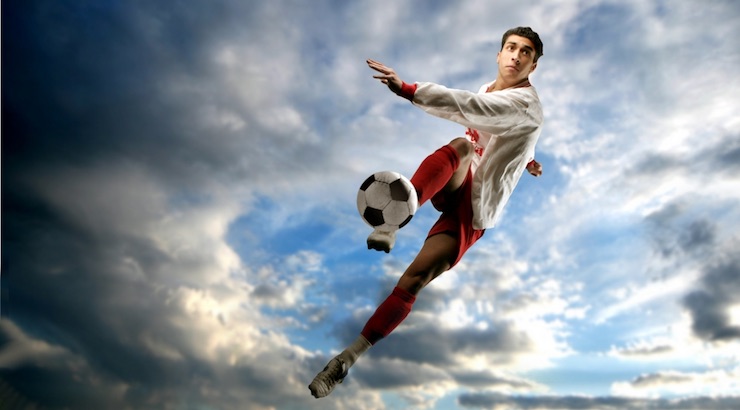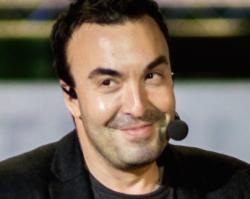Dan Abrahams: Reach and Stretch To Make Your Soccer Dreams A Reality
Improving your soccer is difficult. It’s especially challenging the longer you’ve played the game and the higher up the soccer ladder you go. Being the best takes more than sweat – it takes focus and intelligence. It takes analysis and reflection. Sound good? Read on!
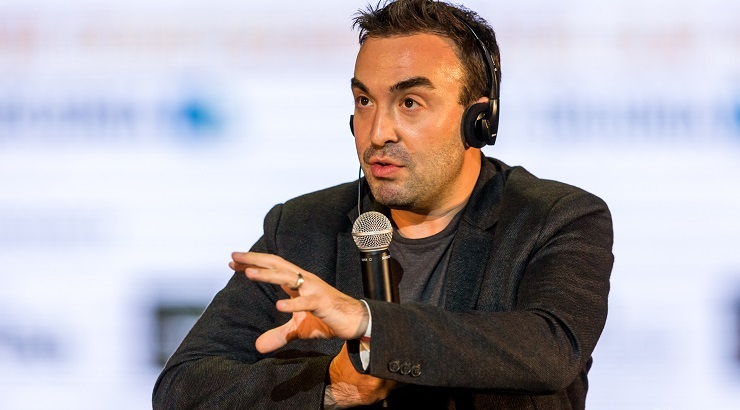
SoccerToday columnist Dan Abrahams shares his insights and advice for success on the soccer field for players of all ages. A global sport psychologist and author specializing in soccer, Abrahams global sport psychologist and author specializing in soccer, Abrahams is based in England and works with professional soccer players in the English Premier League (EPL). Abrahams has helped hundreds of soccer players – many of them who play in the English Premier League (EPL) and others who play across Europe. A recent example of his work includes helping Yannick Bolasie make an enormous impact on the EPL for Crystal Palace. Abrahams has held contracts with QPR, Fulham, and West Ham among other clubs and works quietly, behind the scenes with many coaches from top clubs across Europe.
Soccer Players of all ages should Go for Gold
Improving your soccer is difficult. It’s especially challenging the longer you’ve played the game and the higher up the soccer ladder you go. The closer you get to the elite the steeper the improvement curve feels.
Being the best takes more than sweat – it takes focus and intelligence.
It takes analysis and reflection. Improvement near the top takes the form of tiny increments that are often too subtle to notice or are invisible to the eye. This can be frustrating for players in their mid to late teens. I see it all the time at Academy Scholarship level here in England and when I speak with college players in the U.S..
Elite players move through different territories as they work to improve their game. As youth players age, the better ones will move into unfamiliar territory. Their soccer landscape had always been so easy. Every time they set foot on the pitch, they experienced the sensation of becoming better. Every training session, they would pick up something new.
At age nine, ten and eleven, youth soccer players could feel themselves get stronger, quicker and more agile.
As elite youth soccer players start hit their teenage years, they would start to see the game quicker. Their technical work would consistently bear fruit – a sticky first touch, a more powerful shot, a slicker and more accurate range of passing.
RELATED COVERAGE – Dan Abrahams on EVERY WORD A COACH SAYS COUNTS and SOCCER PLAYERS TAKE RESPONSIBILITY
As elite youth soccer players reach sixteen, and as they make their way through USSF Development Academy programs, their scholarship programs, or their last couple of years at high school, these same players no longer experience the luxury of seeing these enormous leaps of improvement.
In fact, often everything feels the same – every touch familiar, every run same paced, every action and every motion well acquainted.
In chapter six of my new book Soccer Tough II, I close the first section about practice and training by inviting the reader to do what most players find so difficult to do. I encourage them to reach and stretch every time they set foot on the pitch.
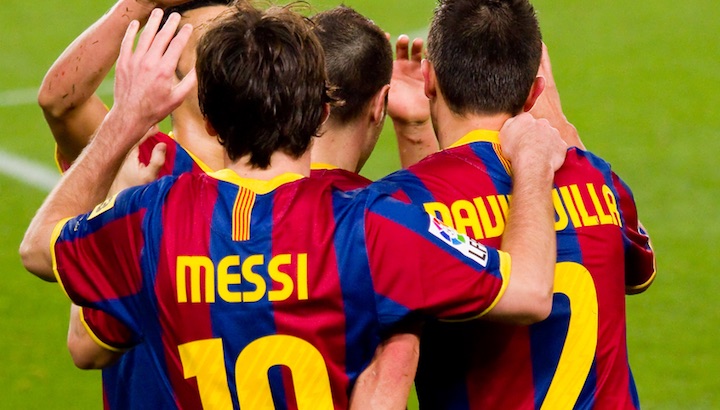
From Soccer Tough II:
Success in soccer, as it is in life, is complicated! It’s not straightforward.
But let me tell you something that I believe is straightforward. Something that is, to me, a non-negotiable and a critical essential.
Soccer players must reach for their playing dreams and stretch their comfort zone.
Soccer players must reach and stretch relentlessly. Soccer players must reach for the best in the world and stretch for their optimal ability no matter who they are and no matter what level they compete at. By doing so they give themselves the very best opportunity to discover just how good they can be.
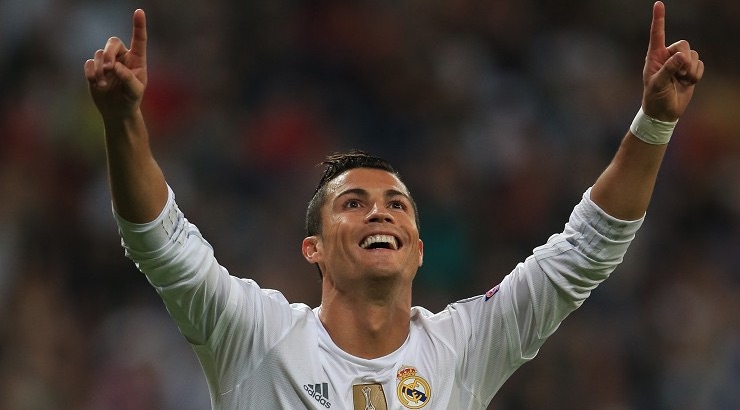
They must reach for Ronaldo. That awareness, that first touch, that intelligence, that work ethic, that heading, that movement off the ball and that delivery. They must reach for the World Player of the Year – what does that look like? What does that feel like? What is he thinking on the pitch? What is he seeing? How is he formulating his next move?
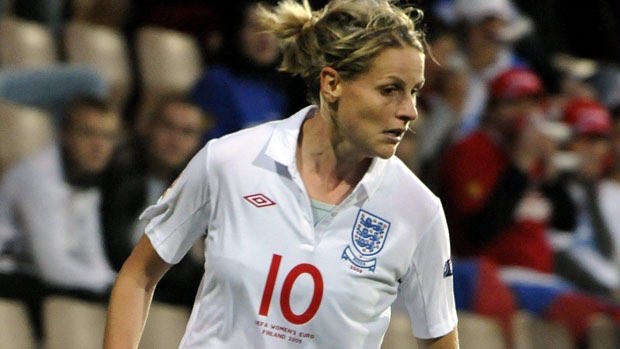
They must stretch for Smith – Kelly Smith, one of the greatest players ever to put on soccer boots. That power, that control, that anticipation, that hunger, that shooting. Over 100 caps for the English National team – what does that look like? What does that feel like? What is she thinking on the pitch? What is she seeing? How is she formulating her next move?
It sounds obvious right? To get better you have to reach for the pinnacle and stretch for the summit. But it’s not easy to do, in fact it’s incredibly difficult.
Doing so is like trying to improve your 5K time everytime you go for a run. Doing so is like being slightly better with your communication during every discourse you have. Doing so is like being a little bit better at the skills in your job everyday. It requires thought and effort. It requires a single minded focus and an eye for the weaker elements of your skills.
This is the challenge that elite soccer players are confronted with.
They have to reach and stretch, reach and stretch. They have to reach and stretch in every training session, every scrimmage and every competitive match. How do they do that?
From Soccer Tough II: 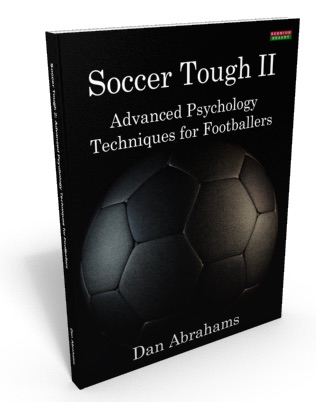
Every great soccer player sees possibility in their game and possibility in his or her hero’s game. The youth soccer player stares, steals and stretches.
The youth player stares at the role model – someone who plays a few levels or many levels above– and marches a relentless beat towards the game of the idol.
For example, a player might look at the German goalkeeper Manuel Neuer and see the pro’s strong leap off the ground — the pinpoint perfect timing of a jump that soars Neuer way above the opposition strikers. And the player sees Neuer catch and hold the ball like it’s a new born baby – like it’s his baby – like he owns the ball, and it is no-one elses.
The player makes a decision about the skills in Neuer’s play that he wants to steal from the great goalkeeper.

Once a soccer player has made the decision on what skills he or she wants to steal from the pro – then this soccer player stretches. He or she fixes their focus firmly on developing the actions and movements that helped the pro catch a crossing ball.
You have to reach and stretch, reach and stretch
Of course this modelling technique is one of many that I talk about in Soccer Tough II. And, I have already detailed other techniques on SoccerToday that will help players reach and stretch. Soccer players have to profile the next level and from this they have to develop a training plan. They have to engage in intentional training and practice in such a way that they shift and shape the internal structure of their brain. Please take a little time to reflect back on these articles, and think about how you can use some of the techniques outlined to be able to reach and stretch in your game.
I have one more message for you from Soccer Tough II:
The soccer players who reach and stretch on a daily basis not only carve out the kind of skills that separate the best from the rest, they also create a mental blueprint that helps them manage the emotional ups and downs that soccer delivers.
I’ve worked with young players who have been dropped from their Under 12 team because they were deemed not big or strong enough to compete. I’ve worked with Premier League Academy scholars who have been released because the coaching staff didn’t see a future for them at the very top level of the game. And I’ve worked with amateur footballers (players who compete for fun but take the game seriously) who have made terrible mistakes leading to goals that have relegated their team or have lost cup matches.
My message to them is reach and stretch. You keep reaching and stretching. Nothing and no-one stops you from improving.
Nothing and no-one diverts your focus away from your bottomless pit of potential.

